
The high cost of fast fashion
From pesticides to fossil fuels, it takes a lot of resources to make a T-shirt.
The world is producing more clothing than ever – over 100 billion pieces a year, or twice as much as in 2000. The fast fashion industry is a big part of the problem, continually pumping out cheap clothing to fuel the next trend.
All of this production leads to waste: about 30% of the clothing produced every year will never be sold, likely headed to the nearest landfill or incinerator.
This is a big problem because it takes a lot of resources to produce our clothing.
When you buy a couple of shirts, say a cotton shirt and a polyester shirt ...
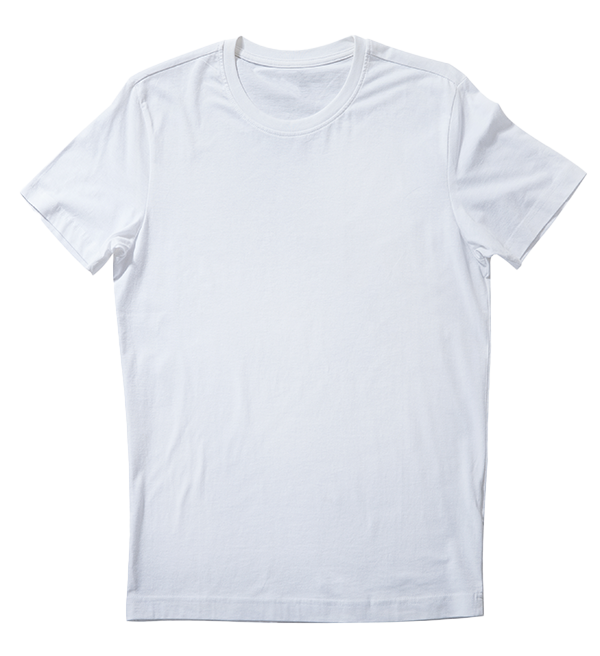

... you might be surprised at what comes with them.
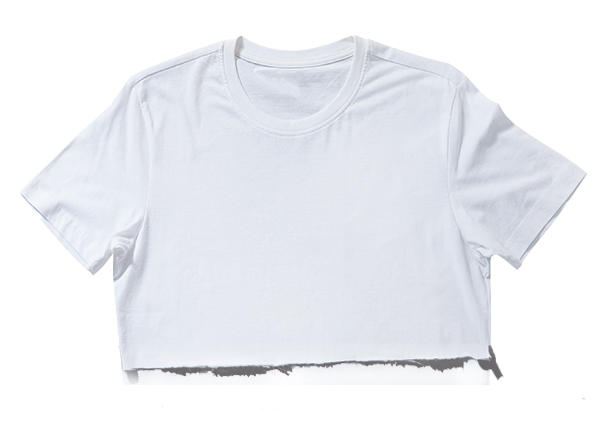
For every shirt you buy, there is another half a shirt’s worth of material discarded during manufacturing or as a result of overproduction.
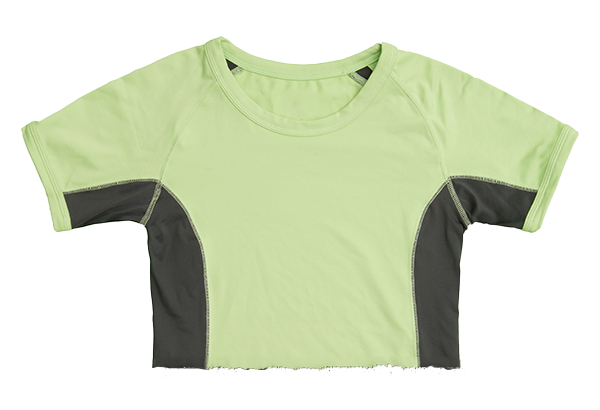
Producing our clothing – and all the material that is wasted in the production process – takes a lot of resources. Starting with water.
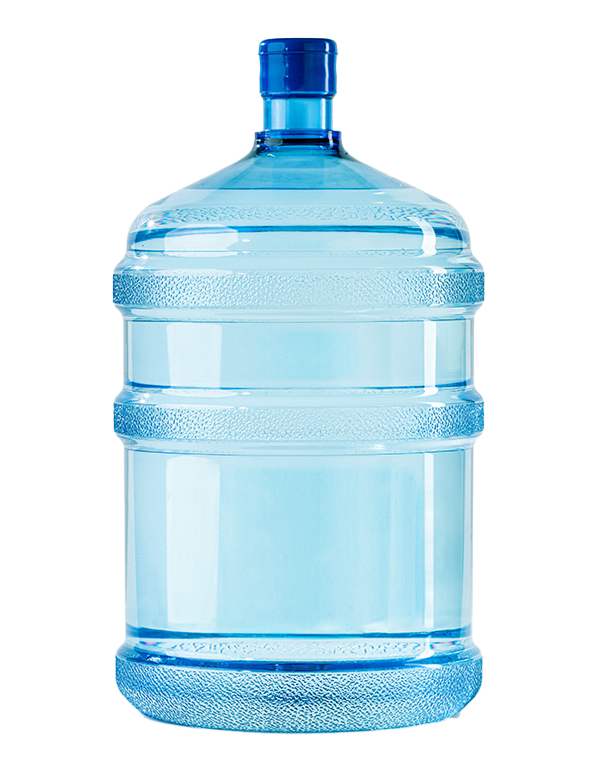
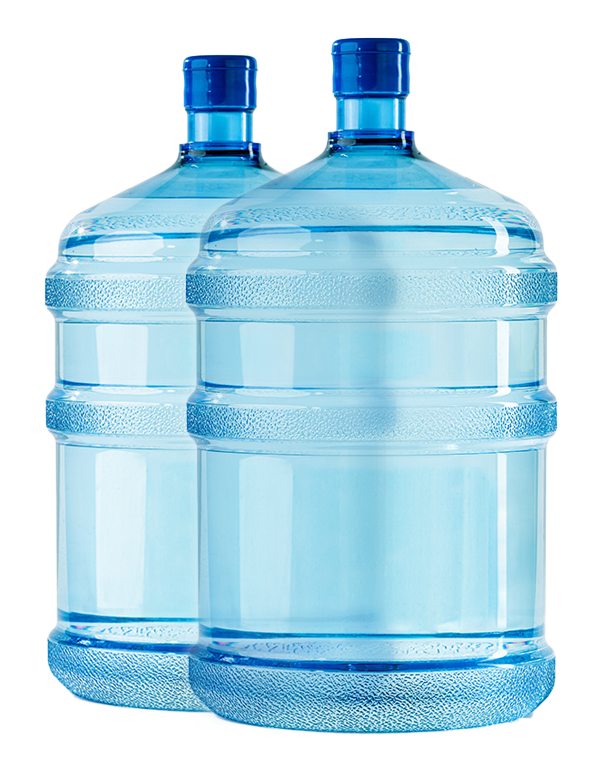
Lots and lots of water.



In fact, for the polyester shirt, it takes 157 gallons of water to convert the raw materials into polyester fiber and process it into a shirt.
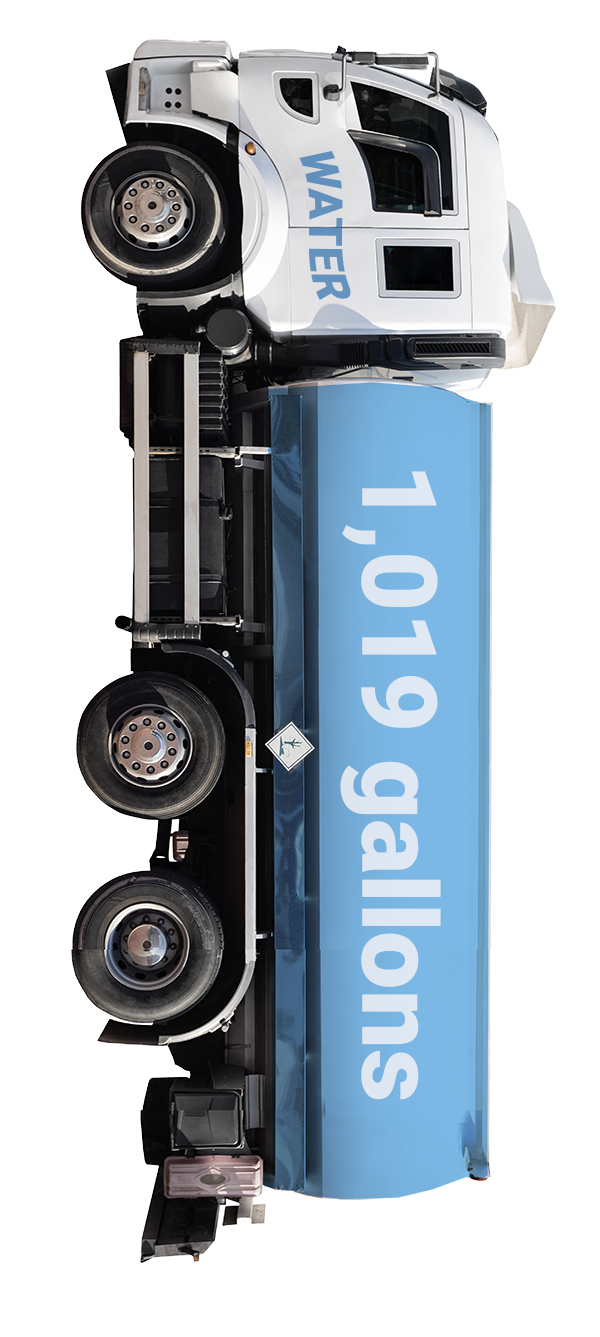
Making the cotton shirt takes 1,019 gallons of water to grow and process the cotton.
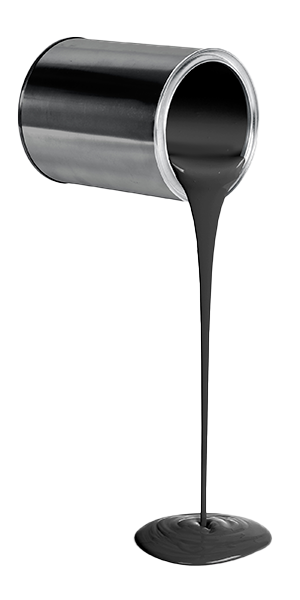
Add 1.5 cups of crude oil for the raw materials for that polyester shirt.
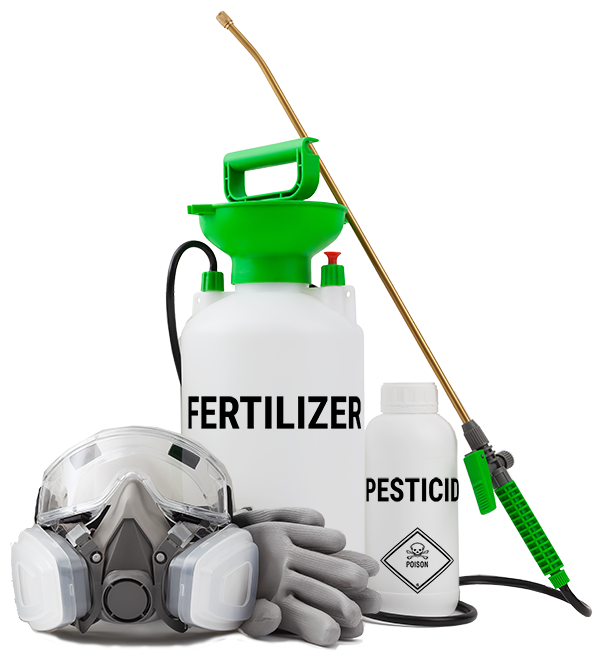
For the cotton shirt, about half a cup of fertilizer and pesticide is used to grow the cotton.

The equipment needed to process the cotton uses fossil fuels equivalent to nearly a gallon of oil.
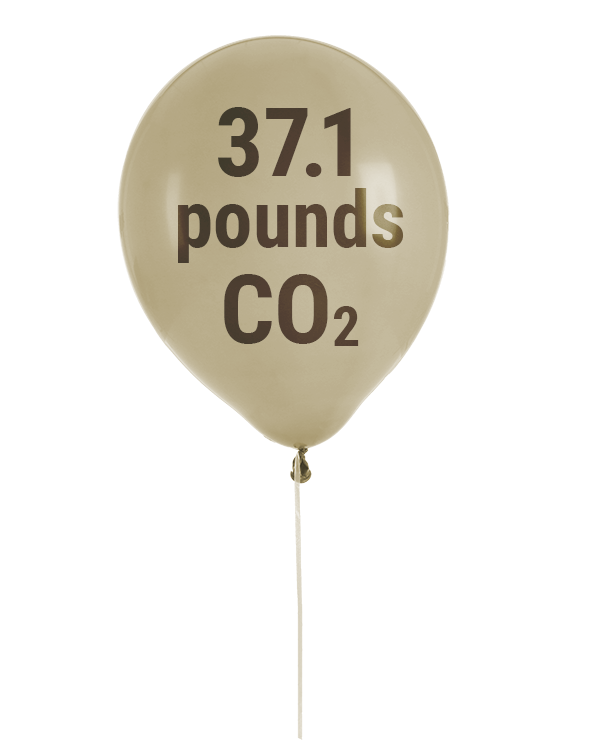
For our two shirts, the entire process releases 37.1 pounds of CO2-equivalent greenhouse gases.

That’s the same as driving 43 miles.

Washing a polyester shirt also creates another type of pollution – microplastic fibers.
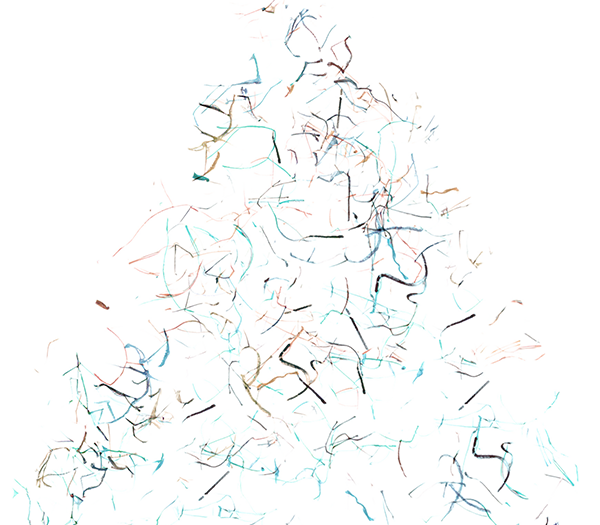





If you wash the polyester shirt every two weeks, it will release roughly 1 million microplastic fibers every year.





These microplastic fibers will be released into waterways and eventually make their way into the ocean.

As you can see, it takes a lot of resources to make our clothing – much more than we bargained for. Clothing is increasingly not produced to last. Instead, fast fashion companies make disposable clothes, leading to a huge waste problem.
In 2018, Americans discarded 34 billion pounds of textiles.
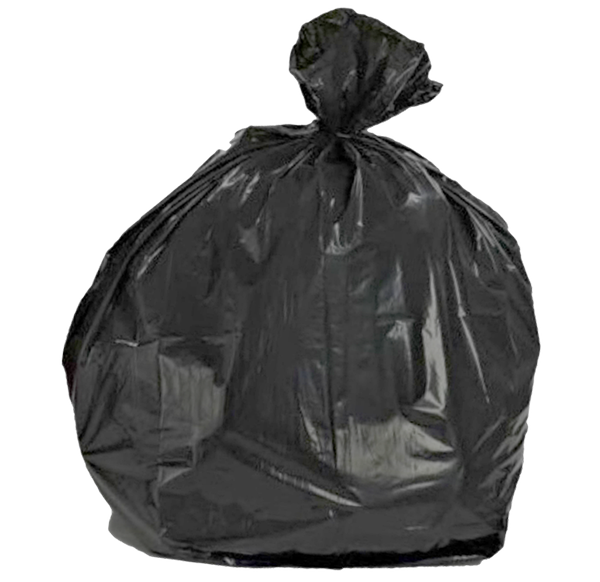
That's equal to 14 loads of laundry for every American.



Where did all this waste go?





66% of discarded textiles were landfilled



19% were incinerated

15% were recycled or donated
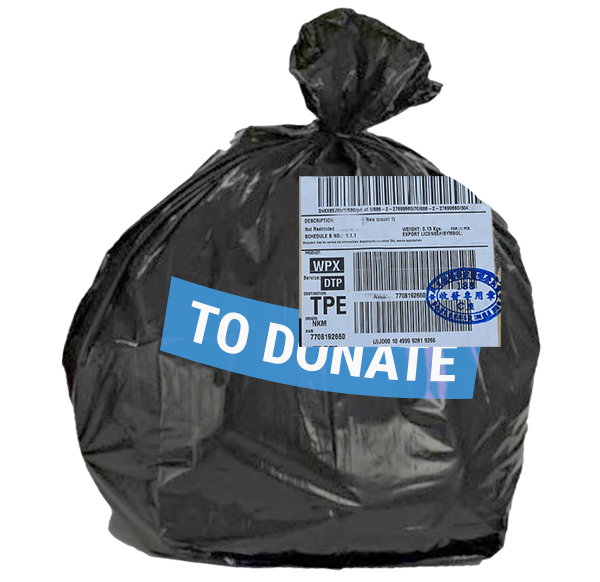
Many donated clothes eventually end up in a landfill outside the United States because the supply of used clothes far exceeds demand.

Many consumers are already exploring less wasteful ways to be fashionable, choosing to buy less, finding second-hand clothes at thrift stores or online resellers, repairing their existing clothes, and even repurposing old clothes into new household items.
But to get at the root of the problem, we need fast fashion companies to change their practices, including publicly committing to never burning or trashing overstock. If a major company like Forever 21 takes the lead, it would create a ripple effect across the industry that changes the world for good.
Sources and methodology
The data in this visualization are derived from the mean values for clothing production and transportation based on life-cycle assessments and other documents from IOP Conference Series, Florida State University Sustainable Campus, the Ellen MacArthur Foundation, Cotton Incorporated, Carbon Trust, Swiss Federal Laboratories for Materials Science and Technology, GreenDelta, the Journal of Fiber Bioengineering and Informatics, the Materials Systems Laboratory at Massachusetts Institute of Technology, Environmental Science & Technology and International Science and Pollution Research International. Data on textile disposal in the U.S. is from the United States Environmental Protection Agency. Detailed data and calculations are available upon request.
Half-shirt of waste per T-shirt: We assume, based on data from the Ellen MacArthur Foundation, that nearly 9% of the fiber used in clothing production is wasted. In addition, brands systematically overproduce clothing and discard much of what isn’t sold. Approximately 30% of what’s made is never sold. Combining those sources of waste, more than a half-shirt of fiber is wasted (0.57 shirts, to be more precise) for every T-shirt you buy.
Pre-consumer environmental impacts: This visualization includes a variety of impacts from clothing production and distribution to stores, including water use, fertilizer use, pesticide use and more. Since every T-shirt comes with more than one half-shirt of waste, that waste is reflected in these impacts as well.
One or more sources were consulted for each type of impact. These sources were assumed to include the nearly 9% fiber waste in T-shirt production explained above because this waste is a well-established part of the production process. However, these sources do not incorporate the 30% of clothes that are never sold or worn. Thus these adjusted impacts were obtained by dividing source impacts by 0.7.
Also, many of the sources consulted listed different weights for the T-shirt in question. To minimize this variability in the analysis, wherever possible, impacts were normalized to a 150g cotton T-shirt and a 165g polyester T-shirt.
Photo credits
White shirt – Miss Ty via Shutterstock
Green shirt – Marisa Lia via Shutterstock
Water bottle – Objectpro via Shutterstock
Truck – UvGroup via Shutterstock
Oil can – Anterovium via Shutterstock
Fertilizer and pesticide sprayer – amedeoemaja via Shutterstock
Fuel container – Carolyn Franks via Shutterstock
Balloon – Aquarius Studio via Shutterstock
Keys – RJA1988 via Pixabay
Magnifying glass – Public Domain via Pxhere
Clothes fibers – IgnacioFPV via Shutterstock
Shopping bag – Sarunyu_foto via Shutterstock
Trash bag – HUNGQUACH679PNG via Pixabay
Laundry basket – Amboo who? Via Flickr, CC-BY-SA-2.0
Topics
Authors
Celeste Meiffren-Swango
State Director, Environment Oregon
As director of Environment Oregon, Celeste develops and runs campaigns to win real results for Oregon's environment. She has worked on issues ranging from preventing plastic pollution, stopping global warming, defending clean water, and protecting our beautiful places. Celeste's organizing has helped to reduce kids' exposure to lead in drinking water at childcare facilities in Oregon, encourage transportation electrification, ban single-use plastic grocery bags, defend our bedrock environmental laws and more. She is also the author of the children's book, Myrtle the Turtle, empowering kids to prevent plastic pollution. Celeste lives in Portland, Ore., with her husband and two daughters, where they frequently enjoy the bounty of Oregon's natural beauty.
Louis Sokolow
Former Policy Associate, Frontier Group
Find Out More
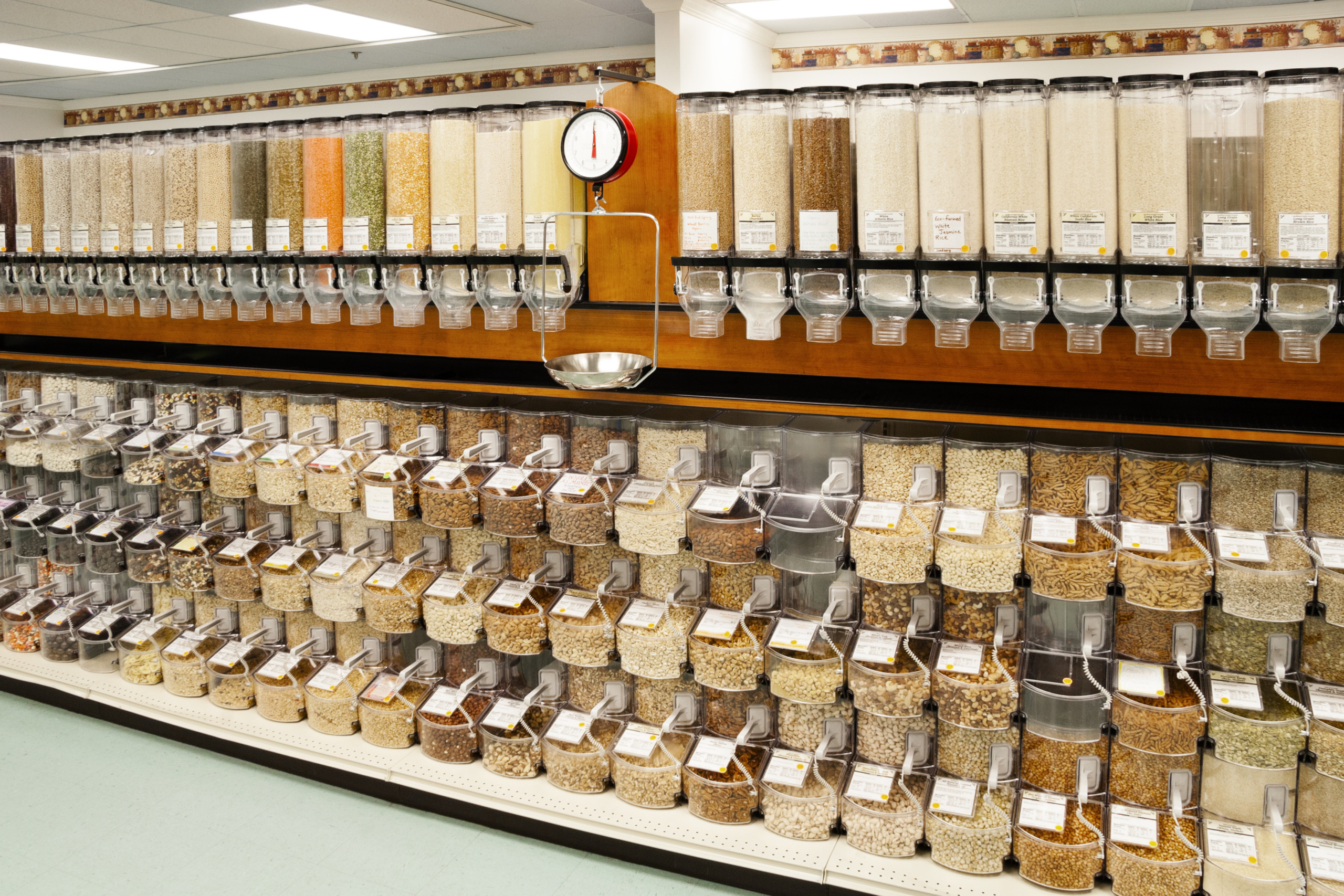
Refill, Return, Reimagine: Innovative Solutions to Reduce Wasteful Packaging
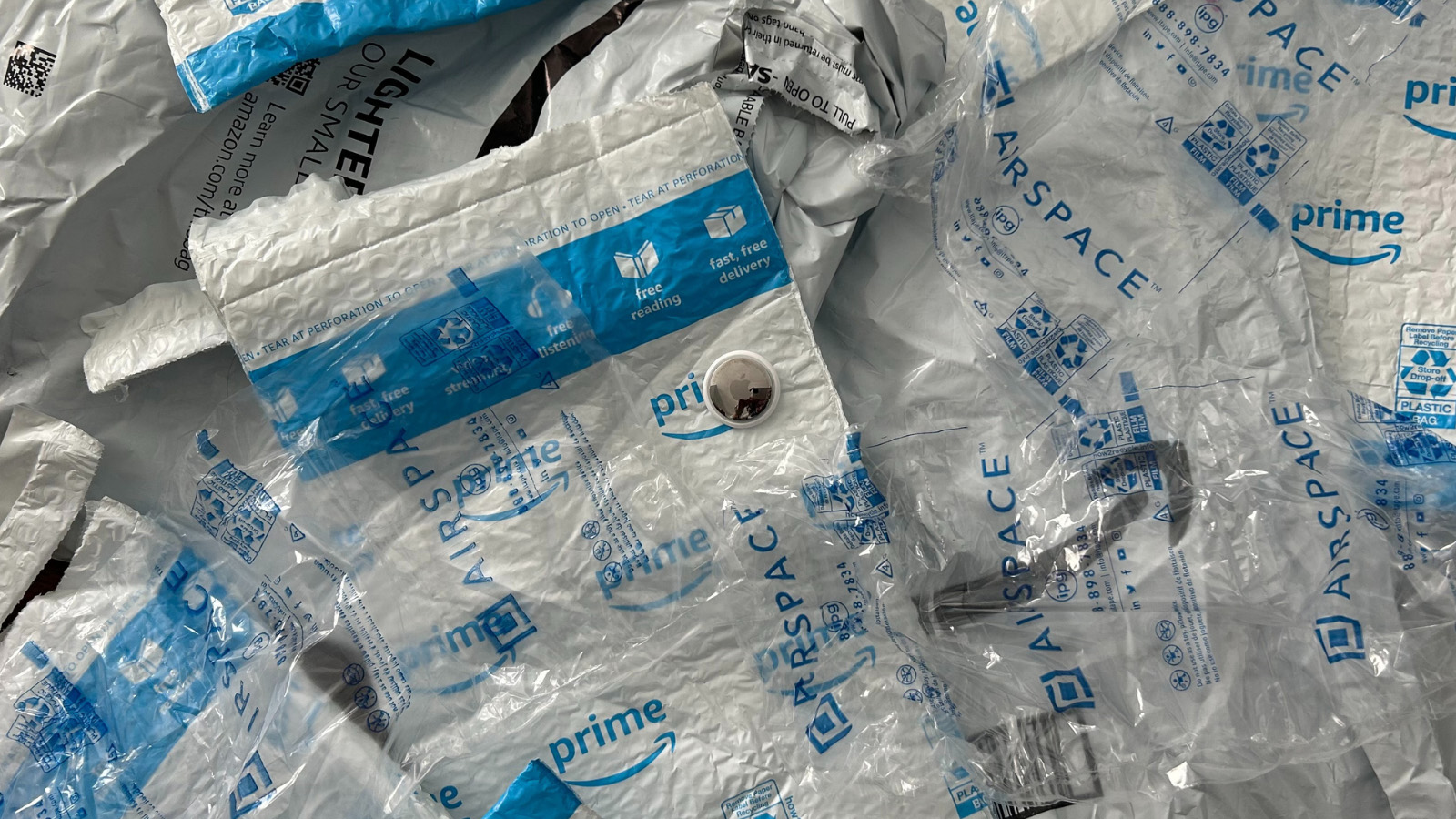
Truth in recycling
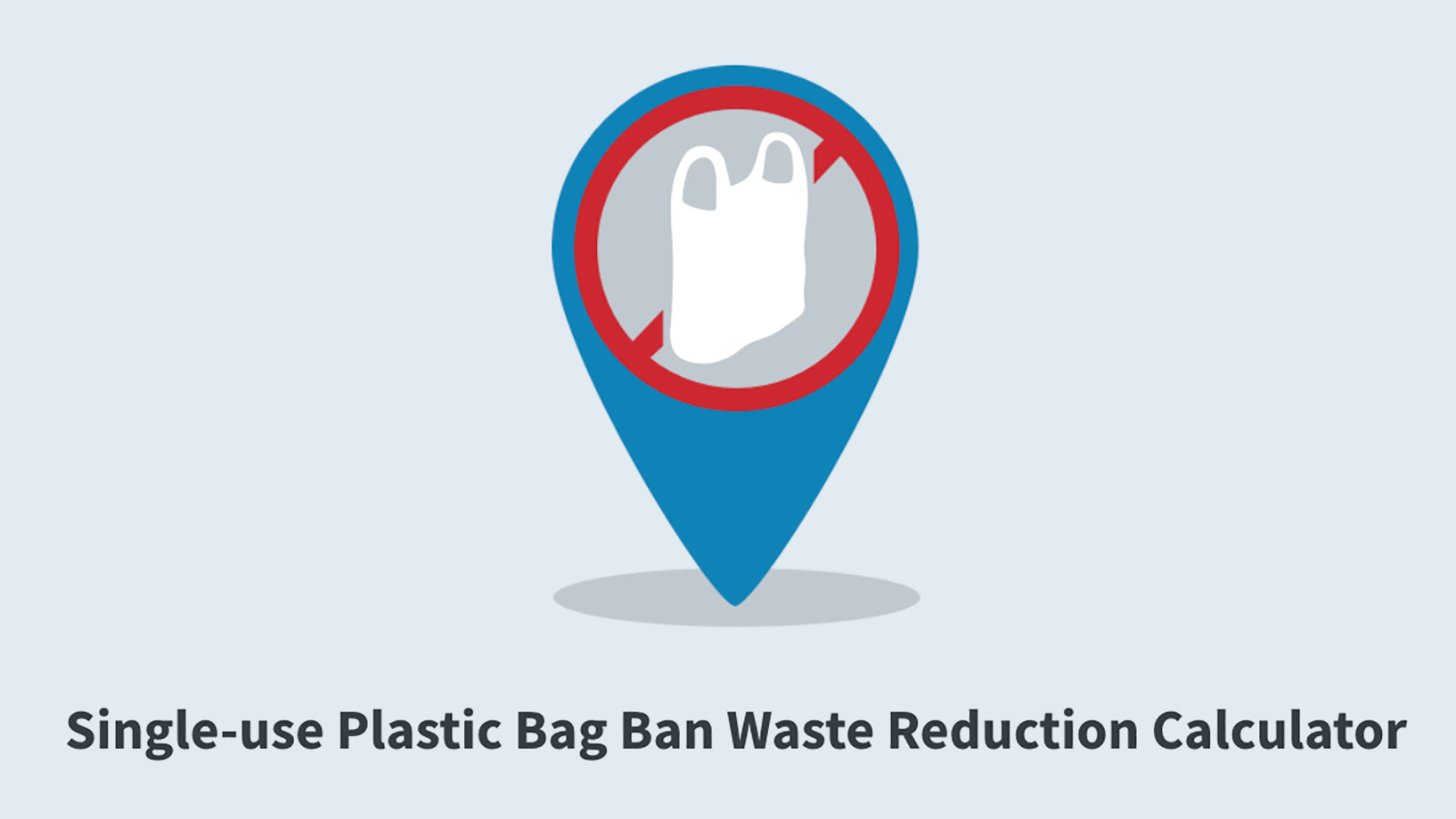
Plastic bag bans work


